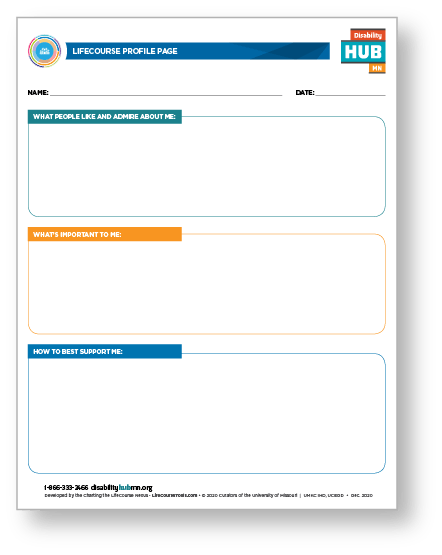Does the youth understand their traits, feelings, motivations and actions, as well as recognize how they're perceived by others?
Self-awareness is about understanding how individuality and life circumstances impact daily living. Individuality covers factors such as disability, culture, language, race, sexual preference, gender identity and religion. Circumstances may include issues such as foster care, homelessness, immigrant or refugee status, young parenting, poverty, or trauma.



